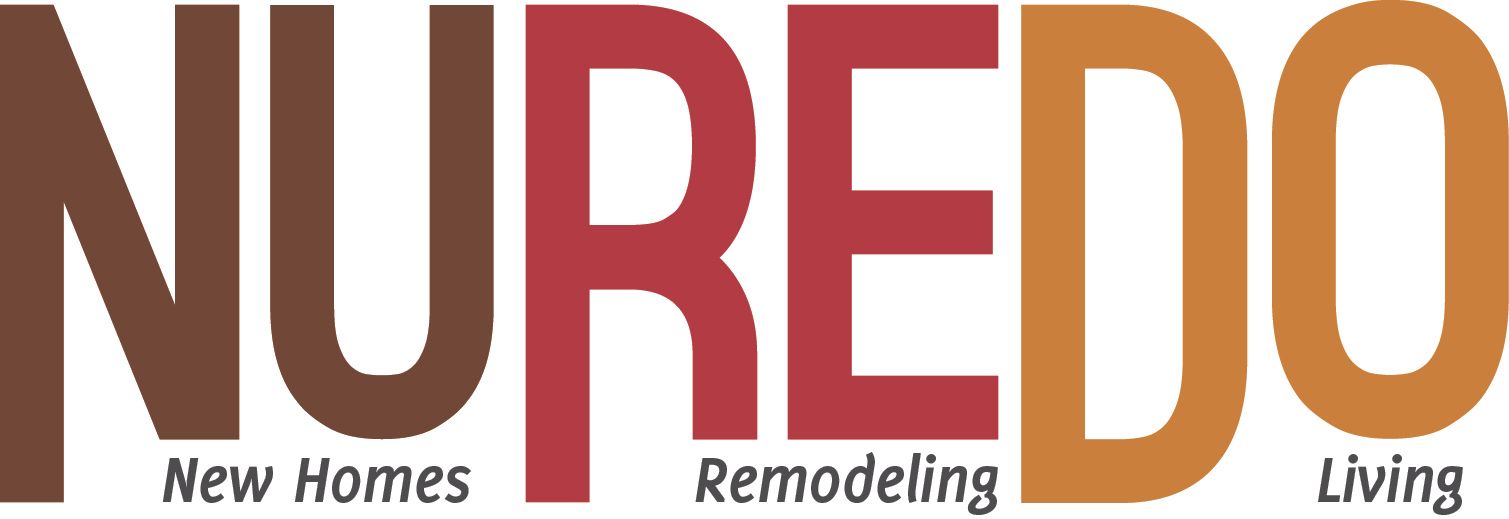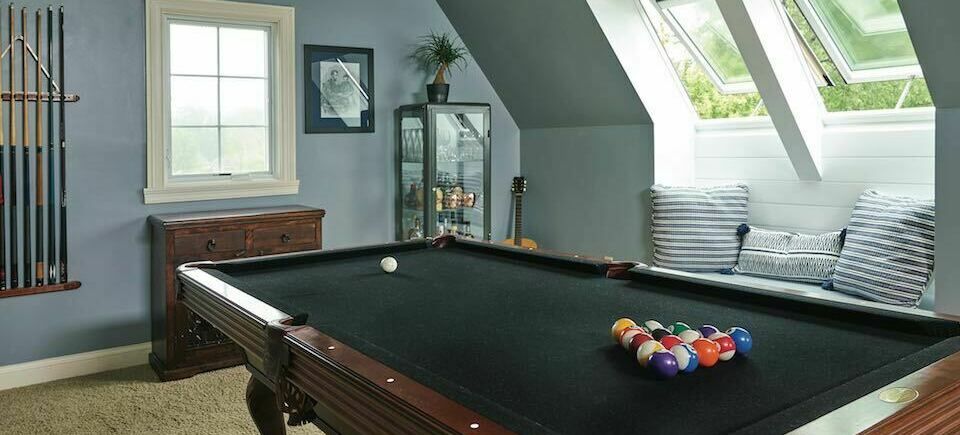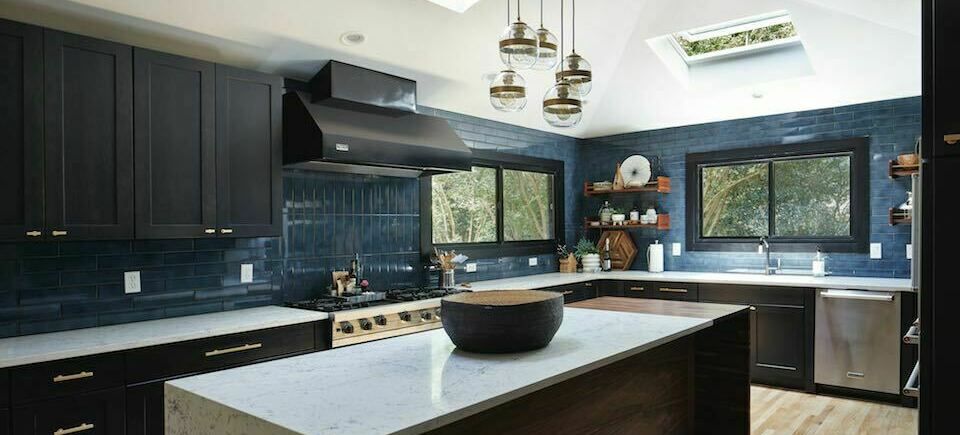When smart home technologies first emerged, their purpose was largely for convenience and operating the devices was often clunky. Today, smart devices seamlessly integrate into connected home systems to make living more efficient, improve home security and even offer advantages for your health.
If you’re considering upgrades to your home, smart technology is a savvy way to add value and function.
ENERGY CONSUMPTION
Smart lighting is among the most prevalent of smart functions on the market, largely because of the multiple benefits it offers. It’s handy to be able to set regular lighting patterns throughout the home so you’re never left in the dark. You can also manage those lights from your smartphone, so forgetting to turn off a light is no longer an issue and you can fool would-be-thieves into thinking the house is inhabited when you’re away.
Fingertip controls offer plenty of advantages, but another consideration is energy management. Dimming features and sensors that turn lights off and on through various detection methods (such as movement or recognizing a connected Bluetooth device) help minimize wasted energy. The lights are typically constructed to use less energy, and most models last substantially longer than their traditional counterparts; some brands claim a lifespan of 20 years or more.
Smart lighting is an easy way to curb energy usage, but another consideration is climate control, which accounts for a big chunk of a typical household’s energy consumption.
The idea of programming your thermostat is nothing new, but smart thermostats take programming to a whole new level. Not only can you schedule temperature changes to coincide with your coming and going (and manage those changes with an app when you’re not even at home), today’s smart thermostats also have sensors that learn your daily habits and can adjust the climate accordingly. Comfort aside, the impact on energy usage is often substantial enough that some electric companies even offer incentives to homeowners who install the devices.
AIR QUALITY
In an average home, the pollutant level is normally low when people first enter the house, or after effective ventilation. However, after an extended period of time, daily activities can raise the level of humidity and carbon dioxide to unhealthy levels that can cause headaches, dizziness and sleepiness, and can contribute to long-term health issues.
“Few are aware of the impact of indoor air on their health and wellbeing, but the air we breathe is just as important as the food we eat or the water we drink,” said Kent Holm, senior vice president of global product management with the Velux Group. “An average adult breathes in around 4,000 gallons of air every day and spends up to 90 percent of their time indoors. A healthy indoor climate goes way beyond simple convenience.”
Opening skylights in conjunction with vertical windows removes polluted air from the home and promotes an overall healthier lifestyle. An option such as Velux Active with Netatmo is the first smart skylight system that connects with Apple HomeKit, allowing homeowners to manage indoor climate control at home or remotely with the touch of a button.
In addition to manual controls, smart sensor technology monitors carbon dioxide, humidity and temperature in the home and data from local weather station forecasts to automatically open the skylights if fresh air is needed. The system can also automate skylight blinds. Learn more at whyskylights.com.
PEACE OF MIND
Home security takes numerous forms, from detecting threats like fire or water to physical barriers at the home’s entry points. Smart technology is transforming the way homeowners manage their home’s security and giving them added confidence that their families are safe within those walls.
Smart smoke alarms and carbon monoxide detectors offer enhanced sensory features as compared to traditional models, in addition to sending alerts to your smart devices when you’re away. Water damage is another risk if you’re in an area prone to flooding or if you’re concerned about dampness that could spur mold growth. A smart sensor can alert you of changes in your home’s moisture level due to leaks or humidity so you can take preventive measures before damage becomes severe.
Anyone who’s ever gotten five miles down the road only to question whether the garage door went down or the front door was locked can appreciate the advantages of smart technology. Smart garage door openers and door locks make it easy for you to program access to guests who may not have a key and even gain access to the house when you’ve forgotten your own key. Other smart security devices like doorbell and flood light cameras help you keep tabs on the traffic around your home.
_________________________
Family Features
Source: Velux Skylights
If you’re considering upgrades to your home, smart technology is a savvy way to add value and function.
ENERGY CONSUMPTION
Smart lighting is among the most prevalent of smart functions on the market, largely because of the multiple benefits it offers. It’s handy to be able to set regular lighting patterns throughout the home so you’re never left in the dark. You can also manage those lights from your smartphone, so forgetting to turn off a light is no longer an issue and you can fool would-be-thieves into thinking the house is inhabited when you’re away.
Fingertip controls offer plenty of advantages, but another consideration is energy management. Dimming features and sensors that turn lights off and on through various detection methods (such as movement or recognizing a connected Bluetooth device) help minimize wasted energy. The lights are typically constructed to use less energy, and most models last substantially longer than their traditional counterparts; some brands claim a lifespan of 20 years or more.
Smart lighting is an easy way to curb energy usage, but another consideration is climate control, which accounts for a big chunk of a typical household’s energy consumption.
The idea of programming your thermostat is nothing new, but smart thermostats take programming to a whole new level. Not only can you schedule temperature changes to coincide with your coming and going (and manage those changes with an app when you’re not even at home), today’s smart thermostats also have sensors that learn your daily habits and can adjust the climate accordingly. Comfort aside, the impact on energy usage is often substantial enough that some electric companies even offer incentives to homeowners who install the devices.
AIR QUALITY
In an average home, the pollutant level is normally low when people first enter the house, or after effective ventilation. However, after an extended period of time, daily activities can raise the level of humidity and carbon dioxide to unhealthy levels that can cause headaches, dizziness and sleepiness, and can contribute to long-term health issues.
“Few are aware of the impact of indoor air on their health and wellbeing, but the air we breathe is just as important as the food we eat or the water we drink,” said Kent Holm, senior vice president of global product management with the Velux Group. “An average adult breathes in around 4,000 gallons of air every day and spends up to 90 percent of their time indoors. A healthy indoor climate goes way beyond simple convenience.”
Opening skylights in conjunction with vertical windows removes polluted air from the home and promotes an overall healthier lifestyle. An option such as Velux Active with Netatmo is the first smart skylight system that connects with Apple HomeKit, allowing homeowners to manage indoor climate control at home or remotely with the touch of a button.
In addition to manual controls, smart sensor technology monitors carbon dioxide, humidity and temperature in the home and data from local weather station forecasts to automatically open the skylights if fresh air is needed. The system can also automate skylight blinds. Learn more at whyskylights.com.
PEACE OF MIND
Home security takes numerous forms, from detecting threats like fire or water to physical barriers at the home’s entry points. Smart technology is transforming the way homeowners manage their home’s security and giving them added confidence that their families are safe within those walls.
Smart smoke alarms and carbon monoxide detectors offer enhanced sensory features as compared to traditional models, in addition to sending alerts to your smart devices when you’re away. Water damage is another risk if you’re in an area prone to flooding or if you’re concerned about dampness that could spur mold growth. A smart sensor can alert you of changes in your home’s moisture level due to leaks or humidity so you can take preventive measures before damage becomes severe.
Anyone who’s ever gotten five miles down the road only to question whether the garage door went down or the front door was locked can appreciate the advantages of smart technology. Smart garage door openers and door locks make it easy for you to program access to guests who may not have a key and even gain access to the house when you’ve forgotten your own key. Other smart security devices like doorbell and flood light cameras help you keep tabs on the traffic around your home.
_________________________
Family Features
Source: Velux Skylights




